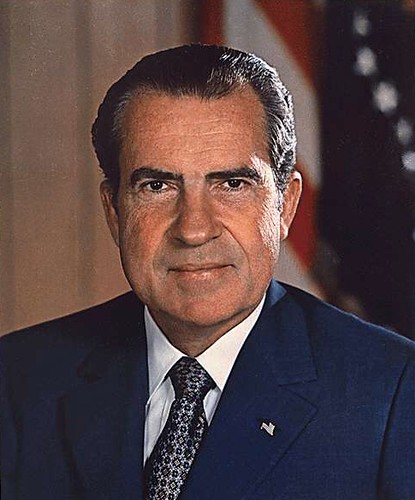
Alright, folks, buckle up because we’re about to take a wild ride back to the 1970s! Forget the funky fashion and disco beats for a hot second, because this decade was an absolute earthquake for the world’s power structures. It was a time when the mighty fell, empires crumbled, and entirely new forces emerged from the ashes. We’re talking about a period of such intense, rapid change that it makes your head spin just thinking about it – truly a “pivot of change” in world history!
You know how some movie stars light up the screen, dominate the box office, and then, poof, they’re gone, leaving us wondering what happened? Well, the 1970s had its own version of these dramatic exits, but on a global stage. We’re not talking about Hollywood glitter here, but political titans, economic philosophies, and entire systems of governance that reigned supreme, only to be dramatically overthrown, replaced, or completely transformed by the time the calendar flipped to 1980.
Historians have increasingly portrayed the 1970s as a period focused “especially on the economic upheavals that followed the end of the postwar economic boom.” This turbulent era was “characterized by frequent coups, domestic conflicts and civil wars, and various political upheavals and armed conflicts.” We’re breaking down 12 of these colossal figures and movements that truly defined “domination” in their time, only to experience their own dramatic vanishing acts or radical makeovers. Get ready to meet the first six heavy-hitters who left an indelible mark!
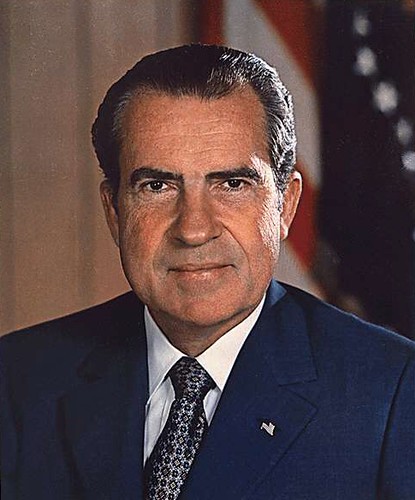
1. **Richard Nixon’s Presidency: From White House Dominance to Resignation Drama**
Remember when Richard Nixon seemed to be everywhere? The early ’70s still saw him as a formidable figure on the global stage, steering the US through complex international relations and making historic visits, like his trip to China in 1972 which restored relations between the two countries. He was a dominant political personality, embodying American power during a critical juncture in the Cold War, despite America’s ongoing involvement in the Vietnam War in the early decade.
However, even the most dominant figures can face an unforeseen plot twist. The shadow of the Watergate scandal loomed large over his second term. Investigations escalated, revealing deep political intrigue and abuses of power that captivated and shocked the nation. The pressure was immense, leading to an unprecedented turn of events in American political history.
In a move that reverberated globally, “United States President Richard Nixon resigned as president on August 9, 1974, while facing charges for impeachment for the Watergate scandal.” It was a dramatic exit, a prime example of a figure who once dominated the political landscape making an abrupt “disappearance” from the highest office. His resignation marked a significant shift in public trust and political accountability, forever changing the perception of presidential power.
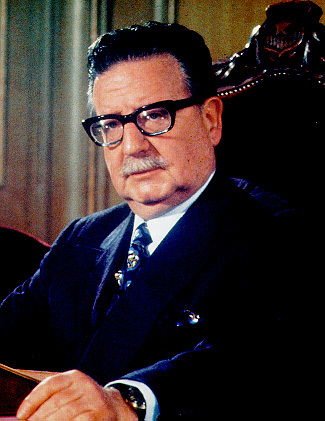
2. **Salvador Allende’s Presidency: The Socialist Dream Overthrown in Chile**
Next up, we head to Chile, where Salvador Allende brought a truly groundbreaking vision to power. He became the world’s first democratically elected Marxist president, embodying a new wave of socialist progressive values that were gaining traction in the Western world, including increasing political awareness and economic liberty. His presidency represented a bold experiment in democratic socialism, challenging traditional power structures in Latin America.
Allende’s progressive agenda aimed to nationalize key industries and implement land reforms, promising a more equitable society for the Chilean people. He captivated many with his commitment to social justice, becoming a beacon of hope for similar movements across the globe. For a time, his influence dominated the political discourse in Chile and inspired discussions far beyond its borders.
However, his reign was tragically cut short in a brutal fashion. “Augusto Pinochet rose to power as ruler of Chile after overthrowing the country’s Socialist president Salvador Allende in 1973 with the assistance of the Central Intelligence Agency (CIA) of the United States.” Allende was “overthrown and killed in a military attack on the presidential palace.” This violent coup not only ended his presidency but ushered in a long dictatorship under Pinochet, tragically silencing a dominant voice for democratic change and making him a figure who literally ‘disappeared’ from the political scene.
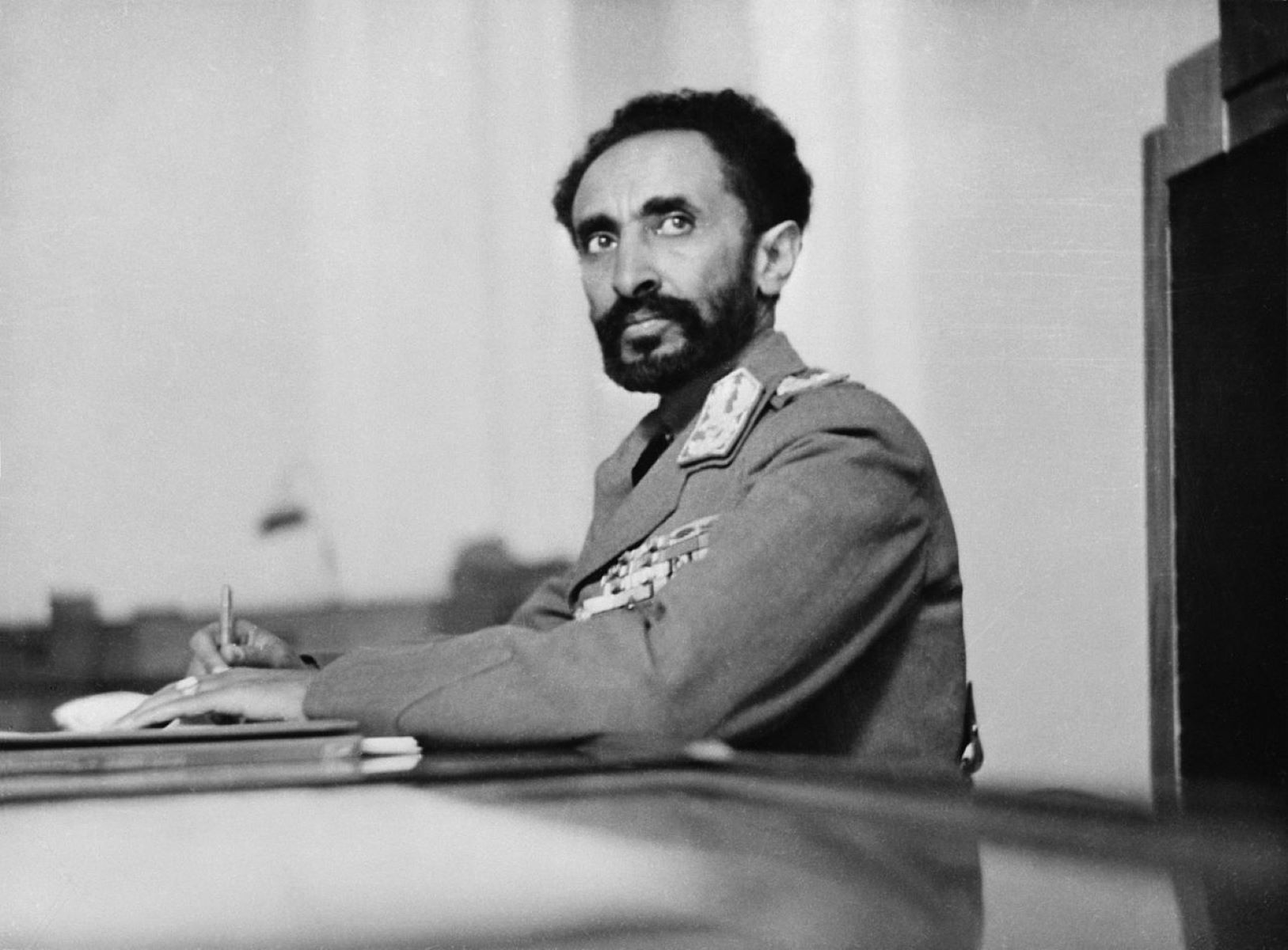
3. **Haile Selassie’s Monarchy: The End of an Ancient Empire in Ethiopia**
Imagine a lineage stretching back through centuries, one of the longest-lasting monarchies in world history. That was the reign of Emperor Haile Selassie in Ethiopia. He had been a prominent figure on the African continent and the global stage for decades, symbolizing continuity and tradition, especially as Africa saw further decolonization in the decade. He was a truly dominant figure, revered by many both within and outside his country.
His rule, however, was not immune to the turbulent winds of change sweeping across Africa in the 1970s. The continent was “plagued by endemic military coups, with the long-reigning Emperor of Ethiopia Haile Selassie being removed, civil wars and famine.” These internal pressures, coupled with shifting geopolitical alignments, created a volatile environment that ultimately challenged his long-held authority.
In a dramatic turn of events that marked the end of an era, “Military coup in Ethiopia led to the overthrowing of Haile Selassie by the communist junta led by General Aman Andom and Mengistu Haile Mariam.” This coup in 1974 effectively “ending one of the world’s longest-lasting monarchies in history.” The emperor, once a symbol of enduring power, was forcefully removed, marking a profound “disappearance” of an ancient system of governance and a powerful personal legacy.

4. **Idi Amin’s Regime: Uganda’s Iron Fist and Sudden Fall**
When we talk about ’70s figures who truly dominated with an iron fist, Idi Amin of Uganda immediately comes to mind. He seized power in a military coup in 1971, rapidly consolidating his control and becoming the undisputed leader of the nation. His regime was characterized by an unquestionable grip on power, where his decisions dictated the lives of millions and sent ripples across the African continent.
Amin’s rule was infamous for its brutal dictatorship. The context explicitly states, “Amin’s regime persecuted opposition to his rule and pursued a racist agenda of removing Asians from Uganda (particularly Indians who arrived in Uganda during British colonial rule).” His policies caused widespread suffering and international condemnation, yet his dominance within Uganda remained chillingly strong for much of the decade.
But even the most brutal dictatorships can crumble. Amin’s expansionist ambitions proved to be his undoing. He “initiated the Ugandan–Tanzanian War in 1978 in alliance with Libya based on an expansionist agenda to annex territory from Tanzania.” This ill-fated conflict “resulted in Ugandan defeat and Amin’s overthrow in 1979.” His dramatic fall from power represents a stark example of a dominant figure who ultimately “disappeared” from the seat of authority, though his dark legacy certainly lingered.
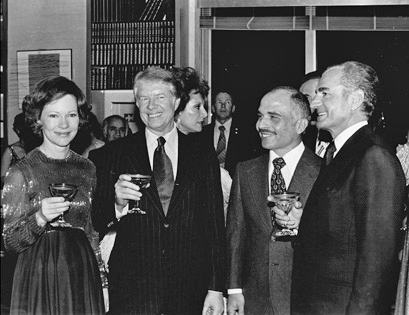
5. **Mohammad Reza Pahlavi’s Monarchy (Iran): The Shah’s Pro-Western Rule Overthrown**
For decades, Iran was shaped by the autocratic, pro-Western monarchy of Shah Mohammad Reza Pahlavi. He was a key ally for Western powers in the Middle East, symbolizing a push towards modernization and secular governance in a region often characterized by different traditions. His influence in Iran was absolute, guiding the country’s economic and social trajectory for many years, making him a dominant force both domestically and internationally.
Despite his efforts to modernize and his strong alliances, internal political tensions began to boil over as the decade progressed. The Shah’s autocratic style and perceived alignment with Western interests fueled growing discontent among various segments of the Iranian population. This simmering unrest would eventually reach a fever pitch, setting the stage for one of the most significant geopolitical shifts of the 1970s.
In 1979, the “Iranian Revolution transformed Iran from an autocratic pro-Western monarchy under Shah Mohammad Reza Pahlavi to a theocratic Islamist government under the leadership of Ayatollah Ruhollah Khomeini.” This was a complete and utter transformation, not just of leadership but of the entire national identity. The Shah’s dominance “disappeared,” replaced by an entirely new system, and the “Distrust between the revolutionaries and Western powers led to the Iran hostage crisis on November 4, 1979,” signaling a radical break from the past.
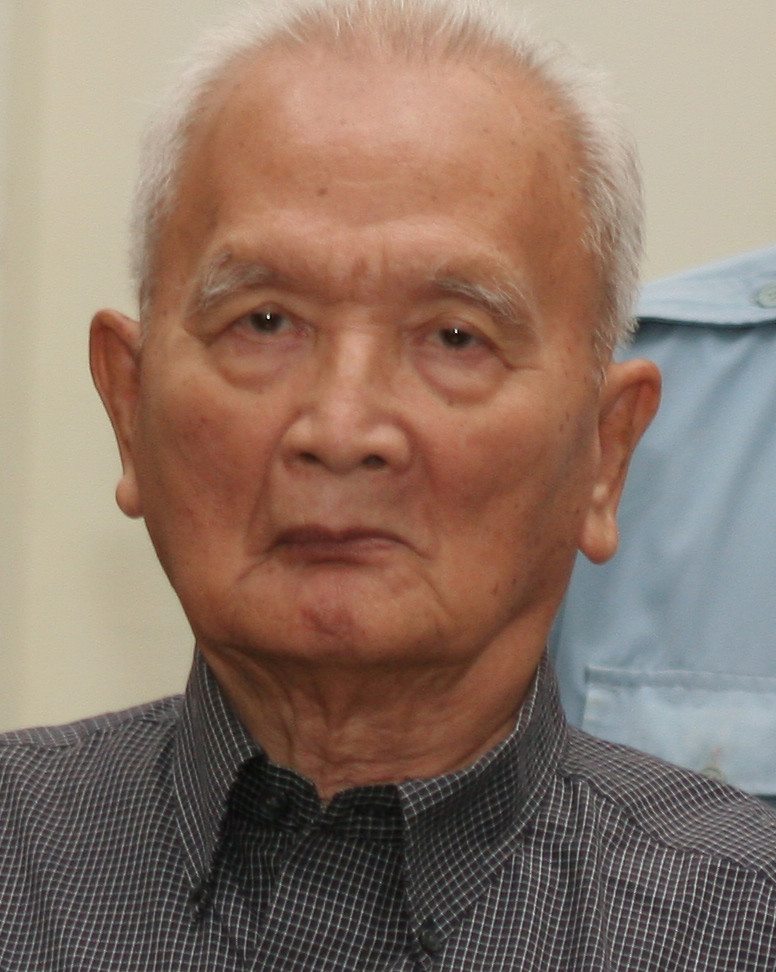
6. **Khmer Rouge’s Rule (Pol Pot): Cambodia’s Tragic Experiment and Intervention**
Our final stop for this section takes us to Cambodia, where a truly chilling force rose to power and dominated the nation with horrifying consequences. In 1975, the communist leader Pol Pot and his Khmer Rouge forces captured the capital, Phnom Penh, after leading a revolution against the American-backed government of Lon Nol. This marked the beginning of a period of absolute and terrifying dominance over the Cambodian people.
The Khmer Rouge immediately embarked on an unprecedented and radical social engineering experiment. Their communist government “forced people out of the cities to clear jungles and establish a radical, Marxist agrarian society.” This meant an end to urban life, private property, and any semblance of intellectual or cultural freedom. It was a complete ideological takeover, transforming the country overnight.
The human cost was astronomical. The context painfully states, “Buddhist priests and monks, along with anyone who spoke foreign languages, had any sort of education, or even wore glasses were tortured or killed. As many as 3 million people may have died.” This brutal dominance, however, was eventually met with external intervention. “Vietnam invaded the country at the start of 1979, overthrowing the Khmer Rouge and installing a satellite government.” Thus, the horrific dominance of the Khmer Rouge, though lasting only a few years, ultimately “disappeared” in a wave of regional conflict.
Alright, buckle up, because our wild ride through the ’70s isn’t over yet! We’ve already witnessed some monumental figures and movements get shaken to their core, but this decade had even more seismic shifts in store. From economic philosophies that defined an era to the final breaths of sprawling empires and the dramatic unraveling of Cold War strategies, these next six colossal influences prove that the 1970s was truly a masterclass in profound, era-defining transformations. Let’s dive into more of these ‘disappearing acts’ that reshaped the world!
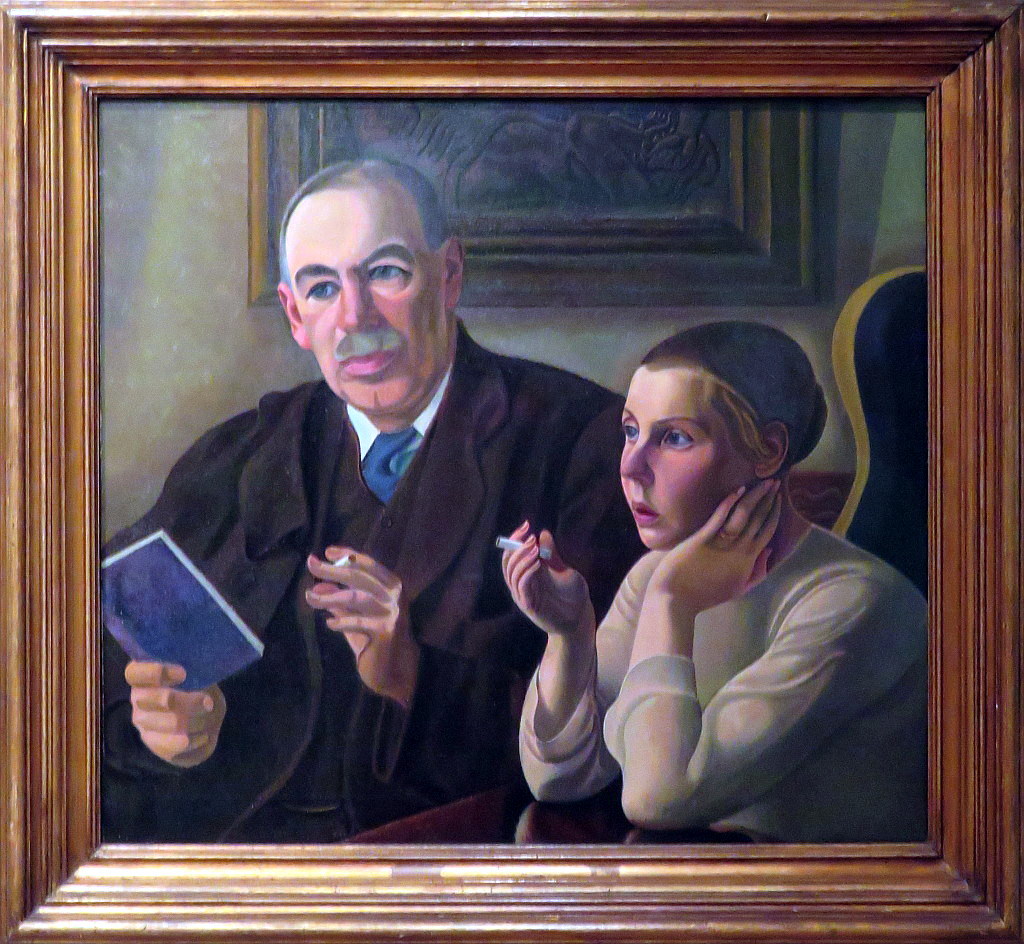
7. **The Reign of Keynesian Economic Theory: From Post-War Boom to Stagflation’s Shadow**
Remember when the economy felt a bit more… predictable? For decades after World War II, Keynesian economic theory largely dictated policy in industrialized nations, fostering a period of unprecedented growth and relative stability, often dubbed the “postwar economic boom.” This approach, emphasizing government intervention to smooth out economic cycles, was the undisputed champion, guiding decisions that shaped prosperity for millions and seemed to offer a clear path forward.
But then came the ’70s, and boy, did they throw a wrench into things! The decade was famously “characterized by frequent coups, domestic conflicts and civil wars, and various political upheavals and armed conflicts,” but perhaps even more profoundly, by massive economic tremors. The most seismic shock was undoubtedly the “oil crisis caused by oil embargoes by the Organization of Arab Petroleum Exporting Countries,” which sent energy prices soaring and economies reeling.
This wasn’t just a bump in the road; it was an entirely new, baffling beast: “stagflation.” For the first time, industrialized countries experienced the painful combination of high inflation *and* stagnant economic growth, completely confounding the established Keynesian wisdom. The tools that once worked so well suddenly seemed ineffective, leaving policymakers scrambling for answers and casting serious doubt on the prevailing economic ideology.
This perfect storm of economic turmoil initiated a monumental “political and economic trend of the replacement of Keynesian economic theory with neoliberal economic theory.” What was once the dominant economic paradigm began its dramatic “disappearance” from the forefront of global policy, paving the way for new, market-oriented approaches, starting with “the first neoliberal government coming to power with the 1973 Chilean coup d’état.” Talk about a complete flip of the economic script!
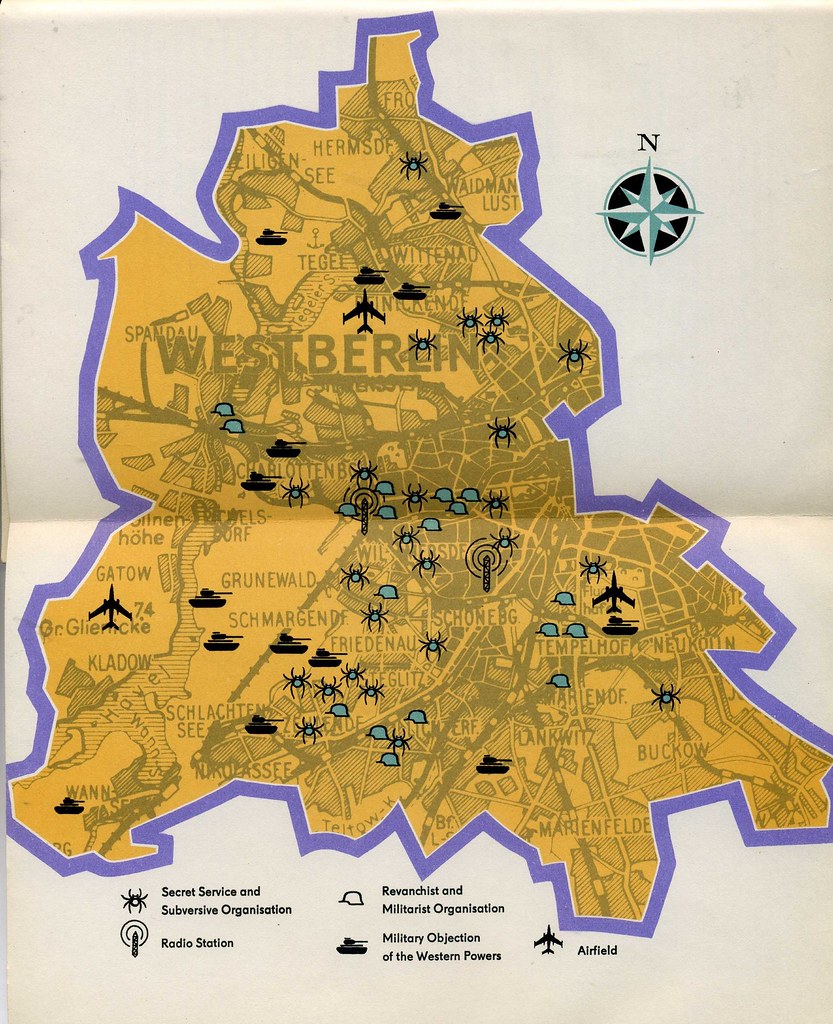
8. **Détente’s Promise: From Easing Tensions to an Abrupt End**
After years of nail-biting, brink-of-nuclear-war moments in the Cold War, the 1970s brought a collective sigh of relief with the advent of détente. This groundbreaking policy aimed to lessen tensions between the US and the Soviet Union, replacing the bellicose confrontations of the previous decades with the hope that “the world’s problems could be resolved at the negotiating table.” It was a bold attempt to dial down the superpower rivalry, becoming a dominant diplomatic strategy for much of the decade.
The early years of détente saw some truly remarkable breakthroughs, proving that even bitter adversaries could find common ground. Think “both countries endorsing nuclear nonproliferation” and, in a move that still echoes today, “US president Richard Nixon visited the country [China] in 1972… restoring relations between the two countries.” These diplomatic initiatives suggested a future where collaboration, not just confrontation, was possible, shaping international relations in a powerful new direction.
Yet, beneath the surface of handshakes and treaties, the “US–Soviet geopolitical rivalry nonetheless continued through the decade, although in a more indirect faction as the two superpowers jockeyed relentlessly for control of smaller countries.” American and Soviet intelligence agencies were still “giv[ing] funding, training, and material support to insurgent groups, governments, and armies across the globe,” turning regions like Asia, Africa, and Latin America into proxy battlegrounds.
Then, just as the decade was winding down, détente suffered a fatal blow. The relative calm was shattered when “the Soviet Union invaded Afghanistan” at the end of 1979, igniting “the Soviet–Afghan War.” This aggressive act “abruptly ended” the policy of détente, marking a swift and dramatic “disappearance” of this era of hopeful diplomacy and plunging the world back into heightened Cold War tensions. It was a stark reminder that even the most well-intentioned policies could be undone in a single, devastating move.
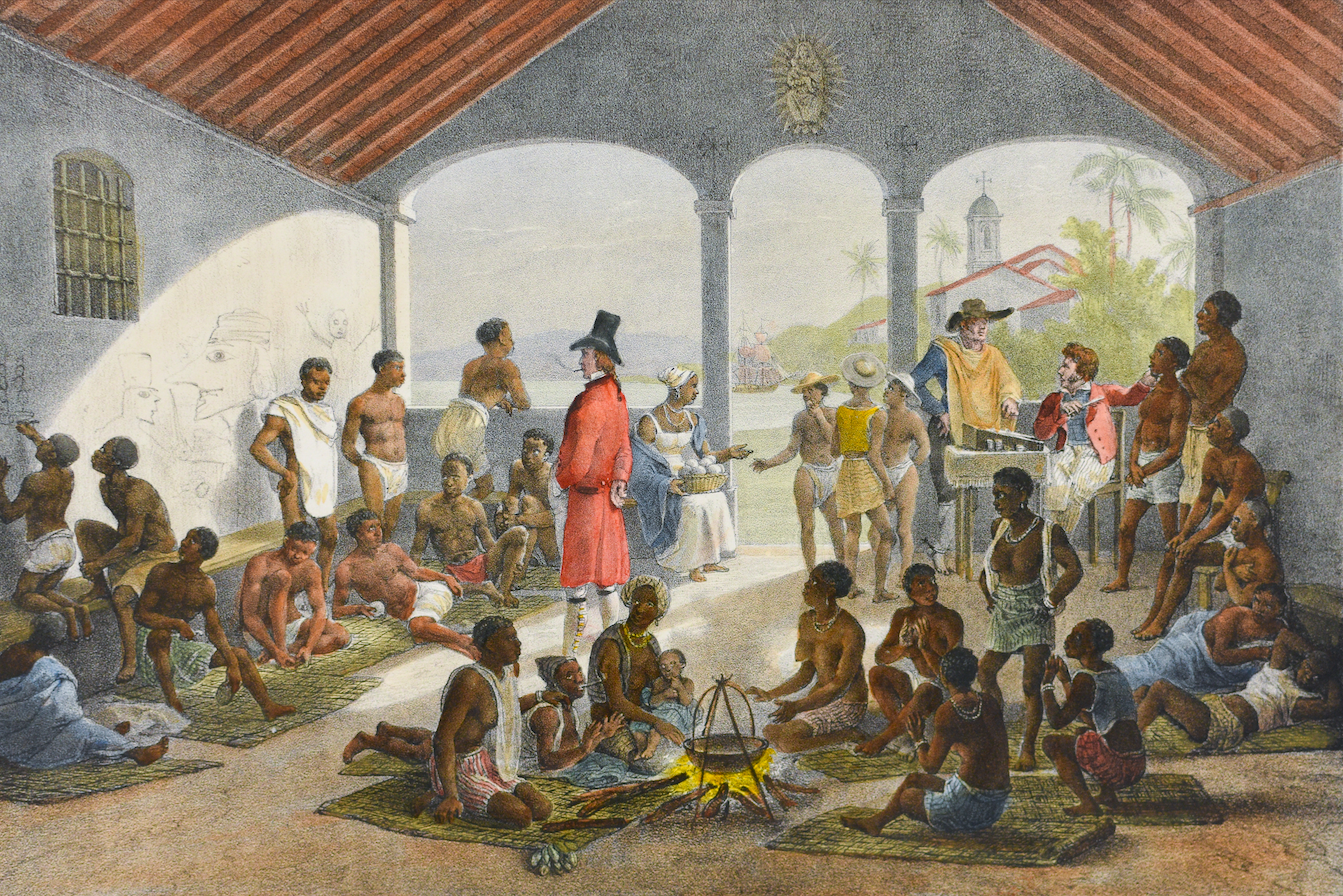
9. **The Portuguese Empire: A Final Bow to Decolonization**
As the 1970s dawned, the age of grand European empires was largely a thing of the past, yet a few tenacious colonial powers still held on. Among them was Portugal, which despite global shifts, maintained significant colonial possessions in Africa. This lingering imperial dominance, however, was about to face its ultimate challenge, signaling the final stages of the massive decolonization movements that had reshaped the world map since the mid-20th century.
The catalyst for change came not from the colonies themselves, but from within Portugal. In 1974, the “Carnation Revolution in Portugal started as a military coup organized by the Armed Forces Movement (Portuguese: Movimento das Forças Armadas, MFA) composed of military officers who opposed the Portuguese fascist regime.” This internal uprising quickly gained “an unanticipated and popular campaign of civil support,” fundamentally altering Portugal’s political landscape and, crucially, its colonial policy.
The revolution “would ultimately lead to the decolonization of all its colonies,” marking a rapid and profound “disappearance” of the Portuguese Empire’s centuries-long dominance. Almost overnight, “Angola and Mozambique gain[ed] their independence in 1975,” transforming the political map of Africa. This wasn’t just about one empire; “Spain withdrew its claim over Spanish Sahara in 1976,” effectively “marking the formal end of the Spanish Empire” as well.
While independence was a triumph, the swift withdrawals often “leave power vacuums that led to civil war in newly independent Lusophone African nations,” as seen in Angola. The dominance of old empires vanished, but the aftermath brought new challenges and conflicts, demonstrating that even a positive “disappearance” can have complex and lasting consequences for the regions it once controlled.
10. **Mao Zedong’s Ideological Legacy: From Cultural Revolution to Market Shift**
For decades, China had been under the monolithic ideological grip of Mao Zedong, a force so powerful it reshaped every aspect of national life, most intensely during the Cultural Revolution. As the 1970s began, Mao’s vision of a radical, ideologically driven communist society still dominated, dictating everything from international relations to daily peasant life. His presence and doctrine were the undisputed center of the Chinese universe, projecting a formidable, if sometimes inscrutable, influence globally.
However, even the most formidable figures eventually pass on, and the mid-1970s brought about the end of an era. In 1976, “Mao Zedong and Zhou Enlai both died,” an event that didn’t just mark the passing of leaders, but “leading to the end of the Cultural Revolution.” This sudden vacuum at the top created an opportunity for a dramatic re-evaluation of China’s future, challenging the very ideological foundations that had dominated for so long.
Following a brief period under Mao’s chosen successor, “Deng Xiaoping emerged as China’s paramount leader.” This was a pivotal moment, as Deng “began to shift the country towards market economics and away from ideologically driven policies.” This wasn’t merely a change in leadership; it was a fundamental “disappearance” of the absolute ideological dominance of Maoism, replacing it with a pragmatic, economic-focused approach that would forever alter China’s trajectory.
The implications were global. “The People’s Republic of China’s international relations changed significantly following its recognition by the United Nations,” and after Nixon’s 1972 visit, formal diplomatic ties were established with the US in 1979. This shift from rigid ideology to market liberalization profoundly transformed China’s role on the world stage, demonstrating how the “disappearance” of one dominant ideology could usher in an entirely new global power dynamic.

11. **American Military Influence in Southeast Asia: The Vietnam War’s Final Curtain**
For years, the shadow of American military involvement loomed large over Southeast Asia, particularly Vietnam. While the late 1960s saw growing dissent, the early 1970s still witnessed the United States deeply enmeshed in the conflict, with its immense military power and political influence dominating the region’s narrative. The sheer scale of American presence and the geopolitical stakes made it a colossal, if controversial, force that shaped everything from local politics to global Cold War strategy.
However, the tide was rapidly turning. “Political pressure led to America’s withdrawal from the war in 1973,” a significant retreat that began to unravel the established order. This move, born from intense domestic and international scrutiny, initiated the dramatic “disappearance” of overt US military dominance in the immediate conflict zone, leaving its allies to navigate an increasingly perilous landscape.
The final act of this monumental shift unfolded in 1975, with “the Fall of Saigon” and “the unconditional surrender of South Vietnam on April 30, 1975.” This event not only marked the definitive end of the Vietnam War but also symbolized a profound reconfiguration of power in Southeast Asia. The images of “evacuations of South Vietnamese that same year” underscored the dramatic end to an era of American military intervention and direct influence.
While US influence would certainly remain globally, the specific form of military hegemony that had defined its presence in Southeast Asia for so long made a decisive exit. The “disappearance” of this direct military dominance was a stark lesson in the limits of superpower intervention, reshaping America’s foreign policy and leaving an indelible mark on both the region and the American psyche, as the nation grappled with the aftermath of its longest war.

12. **Yugoslavia’s Centralized Power: Tito’s Iron Grip and the Seeds of Division**
Under the formidable leadership of Joseph Broz Tito, Yugoslavia had for decades presented a unique, non-aligned communist model, navigating the Cold War divide with a strong, centralized hand. Tito’s personal authority was immense, consolidating a diverse federation of republics under his singular vision. His dominant rule was characterized by a firm, almost presidential-for-life grip, symbolizing unity and a distinct path for the nation amidst global pressures.
Yet, even within this seemingly stable structure, internal tensions were bubbling beneath the surface. The early 1970s saw the emergence of movements challenging the centralized power, notably “the Croatian Spring movement in 1971 which demands greater decentralization of power to the constituent republics of Yugoslavia.” While Tito swiftly “subdue[d] the Croatian Spring movement and arrest[ed] its leaders,” these events revealed the cracks in the façade of absolute unity.
In a shrewd, yet ultimately transformative, move, Tito initiated “major constitutional reform resulting in the 1974 Constitution.” While this constitution “consolidated Tito’s dictatorship by proclaiming him president-for-life,” it also paradoxically “decentralized powers to the republics, gave them the official right to separate from Yugoslavia, and weakened the influence of Serbia.” This marked a subtle, yet significant, “disappearance” of the formerly absolute centralized authority, laying groundwork for future shifts.
Though Tito remained in power, the seeds of future discord were sown. The 1974 Constitution, by granting republics more autonomy and weakening Serbia’s sway, “would become resented by Serbs and began a gradual escalation of ethnic tensions.” Thus, the seemingly unshakeable dominance of a truly unified, centrally controlled Yugoslavia began its slow, complex transformation, eventually leading to its dramatic unraveling decades later, demonstrating how foundational shifts can occur even under an iron-fisted leader.
And there you have it, a whirlwind tour through the ’70s, a decade that truly was a “pivot of change” for colossal powers and influential ideologies! From the dramatic exits of long-reigning leaders to the seismic shifts in global economics and the final gasps of old empires, these twelve stories aren’t just history – they’re a powerful reminder that nothing, not even the most entrenched systems or the most dominant figures, lasts forever. The 1970s might have been funky and wild, but beneath the surface, it was quietly (and sometimes not so quietly!) setting the stage for the world we know today, proving that transformation is always just around the corner, ready to shake things up and send the dominant forces into a whole new dimension of change!



